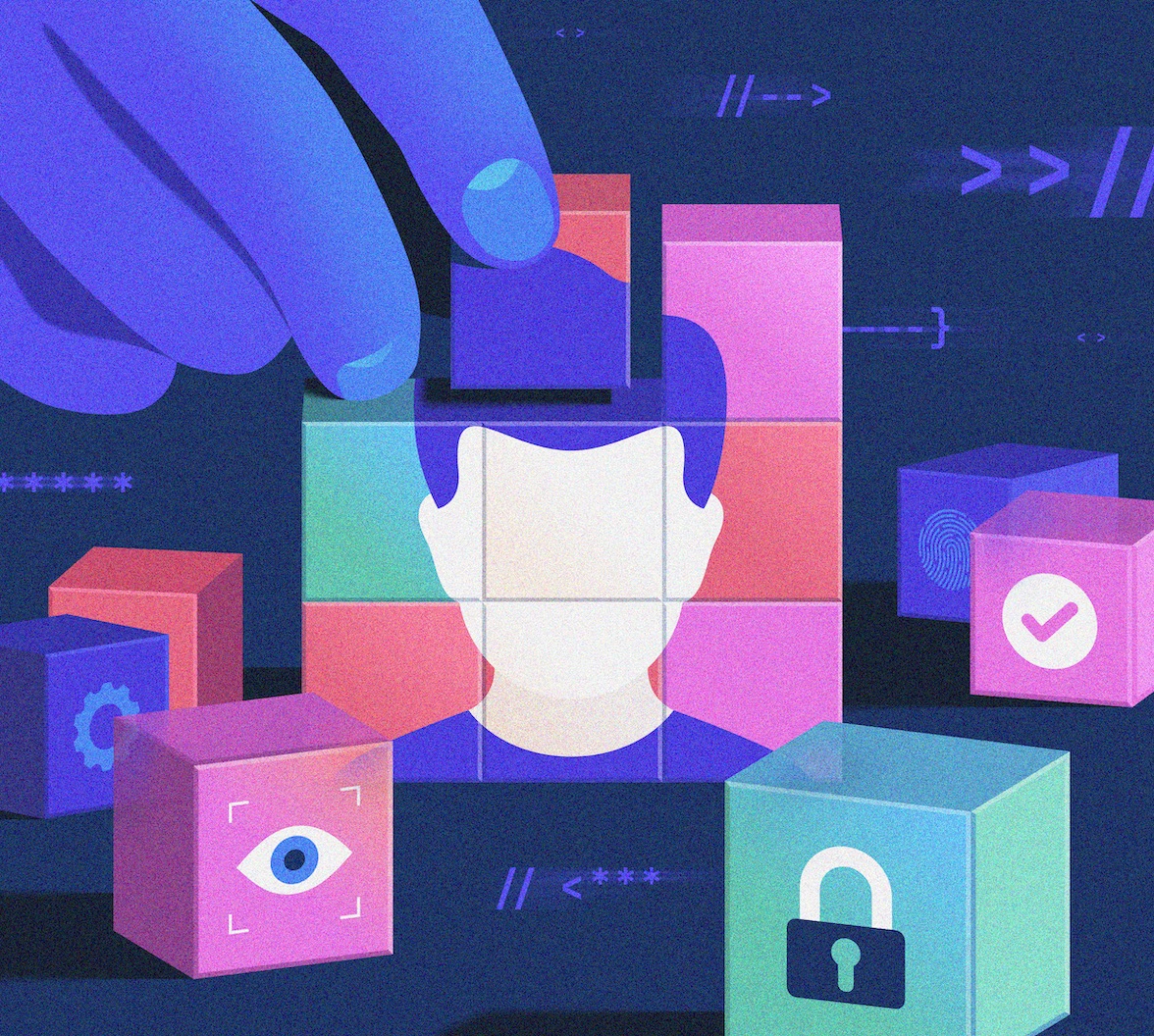AI agents are already shaping how businesses operate. They answer customer service chats, generate reports, and even help developers write code. Some automate everyday tasks, while others are more advanced and capable of reasoning and making decisions on their own. Their potential is huge, but so is the risk.
What happens when an AI Agent designed for password resets is manipulated into sharing credentials? Or is an AI Agent meant to help employees find relevant messages that accidentally expose the CEO's chat history? These are no longer far-fetched, hypothetical scenarios. Security flaws in AI agents will be exploited if they are not implemented correctly.
Potential security gaps with AI agents
The more responsibility we give to AI Agents, the more critical it becomes to ensure they are secured. Traditional security approaches are built for static applications and human identities, not for autonomous systems. Particularly AI agents:
- Expand the attack surface, introducing possibilities for new types of attacks.
- Operate autonomously, meaning any security failures can scale quickly.
- May require access to user data, APIs, and enterprise applications, increasing exposure.
Organizations can't rely on traditional security measures or DIY approaches that were not designed for AI. Without the right strategy for implementing AI when building apps, they'll face the risk of breaches, compliance hurdles, and loss of customer trust.
Securing AI agents
There has been no blueprint for building AI securely into applications. Developers at organizations have been figuring out DIY solutions to building the AI Agent itself.
Auth0 has been talking to organizations and doing research to understand what are the critical components of building AI Agents securely. We came up with four requirements:
- Authenticate users — easily implement secure login experiences for AI agents – from interactive chatbots to background workers.
- Call APIs on users' behalf — securely access popular services like Google, Slack, Spotify, and GitHub while seamlessly integrating an application with other products.
- Provide Async User Approval for AI actions — enable autonomous agents to work independently while maintaining user control by getting explicit user approval for critical actions.
- Secure Document Access Control for RAG — enforce granular permissions for document retrieval and help ensure AI Agents only access authorized content.
To realize GenAI's full potential, we must solve all four requirements. Whether you are building your own custom GenAI framework on top of a language like Python or using one of the many fast-growing frameworks that have emerged in the past two years, these requirements need to be addressed.
Security can't be an afterthought
It's easy to think that security adds a complicated and expensive layer that slows down AI innovation.
However, it can be much more disruptive and costly when security attacks occur down the line. In fact, the global average cost of a data breach¹ in 2024 was $5 million, which is a 10% increase over last year and the highest total ever. These security failures won't just result in costs; they can eliminate customer trust (and your bottom line). Customers won't use AI-powered products if they can't trust them with their data. Businesses won't integrate AI agents into their workflows if they don't trust those agents are secure.
The way forward is to make security a core part of AI development. Security needs to be built into AI Agents from the start to avoid gaps. These gaps could let bad actors hijack AI agents, steal data, or manipulate their actions. Fixing these problems after deployments is much harder than preventing them in the first place. By making security a core part of AI Agent development, organizations can avoid risks, meet compliance regulations, and build user trust.
It's the new big thing
"AI" has become a household name in the last few years.
With this growth, investments in AI are booming.
- By 2027, 82% of organizations are expected to have implemented AI Agents.²
- 78% of organizations expect to increase their overall AI spending in the next fiscal year.³
- Not to mention, spending predictions are huge. The global GenAI market is expected to reach over $100 billion by 2030, growing at an annual rate of 30%.⁴
This is not the first time we're experiencing and adapting to a massive technology shift. AI isn't a passing trend. We're in the middle of a shift as significant as the rise of the internet, mobile-first experiences, and cloud applications. Each of these transformations brought new security challenges—and new identity standards.
In fact, when cloud apps gained popularity, we saw an opportunity and built a developer-centric platform, Auth0, that made implementing authentication easier than ever. And now, it is time to pioneer these identity standards for the AI Agent ecosystem. But first, we need to enable builders to securely integrate GenAI into their apps, making them AI and enterprise-ready. This is where Auth0 can help; security and identity are big reasons AI Agents are not commonplace yet.
If you are interested in learning more about Auth0 for AI Agents, you can join our waitlist and start experimenting today!
References
About the author

Michelle Agroskin
Staff Product Marketing Manager, Auth0
Michelle Agroskin is a Staff Product Marketing Manager for Okta. She leads the Customer Identity AI, Authorization, and Consumer portfolios; driving go-to-market strategy, messaging, launches, and strategic growth initiatives.
She lives in NYC and in her free time, loves to travel the world and try new restaurants!
